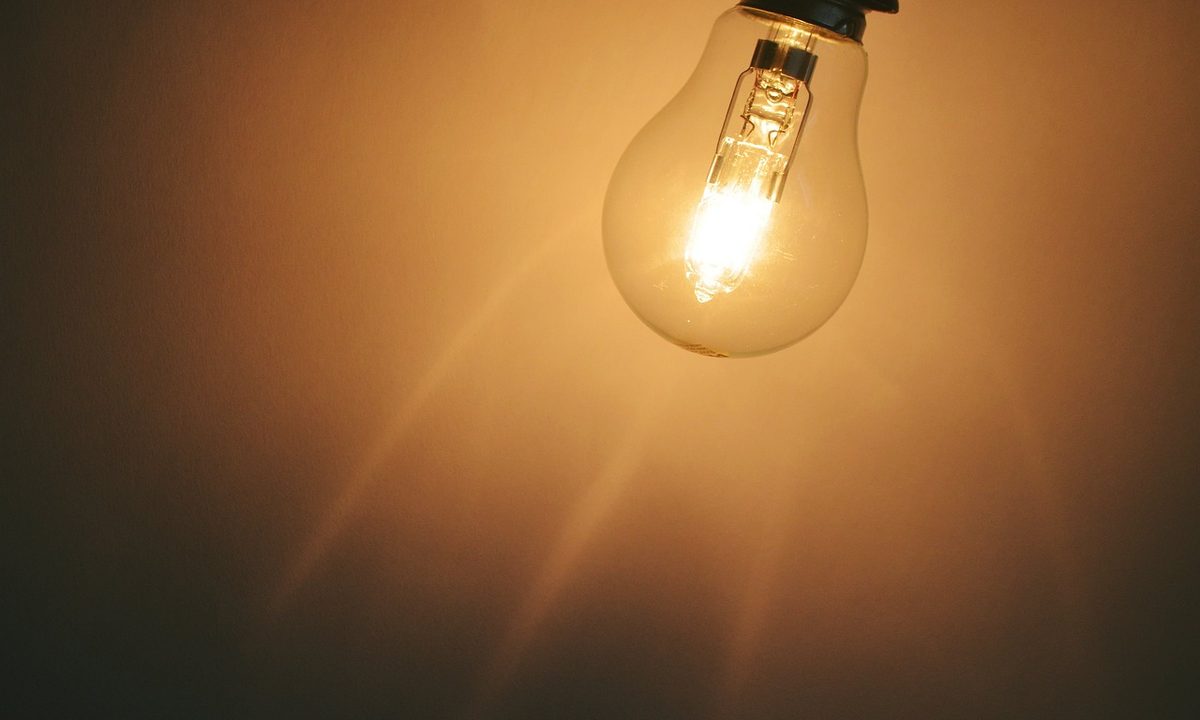When designing a home, lighting can make or break the ambiance of a space. One common debate is daylight vs. soft white lighting — which is better for your needs? Choosing the right light can impact everything from the mood of a room to how functional it is for certain activities. Let’s dive into the details and help you decide the perfect lighting for your space.
What exactly is color temperature?

Before jumping into the daylight vs. soft white discussion, it’s important to understand the concept of color temperature. Measured in Kelvin (K), color temperature determines how “warm” or “cool” a light source appears. Lower Kelvin values, like 2700K-3000K, produce warm, yellowish light, while higher Kelvin values, like 5000K-6500K, emit a bright, bluish-white glow.
These differences in temperature affect how we perceive a room and its functionality. Warm light tends to create a cozy, inviting atmosphere, while cool light is crisp and energizing — perfect for task-oriented spaces.
Daylight vs. soft white: What’s the difference?

Both daylight and soft white bulbs serve unique purposes, offering distinct advantages based on the ambiance and functionality you desire. Soft white bulbs fall on the lower end of the color temperature spectrum (2700K-3000K), providing a warm, soothing light. In contrast, daylight bulbs typically range from 5000K-6500K, delivering bright, cool illumination akin to natural sunlight.
Understanding the strengths and weaknesses of each option will help you determine which works best for various spaces in your home.
Soft white bulbs
Soft white bulbs are beloved for their warm, yellow-toned light that mimics the glow of traditional incandescent bulbs. Their inviting hue is ideal for creating a relaxed, cozy environment. Soft white lighting works particularly well in spaces where you want to unwind or foster intimate gatherings.
Pros of soft white bulbs:
- Warm and welcoming: Soft white light helps create a cozy and inviting atmosphere, making it a favorite for cozy living rooms, bedrooms, and dining areas.
- Easy on the eyes: The subtle glow is less likely to cause glare, making it a good choice for reading or relaxing.
- Timeless style: Its classic warmth pairs beautifully with traditional or rustic home designs.
Cons of soft white bulbs:
- Less energizing: The lower color temperature may not be ideal for tasks requiring sharp focus or precision.
- May appear dimmer: Compared to daylight bulbs, soft white lighting can feel less bright, especially in spaces with minimal natural light.
Daylight bulbs
Daylight bulbs emulate the brightness of the midday sun, delivering a vibrant, cool light that enhances visibility and clarity. These bulbs are perfect for task-oriented spaces or areas where you need to stay alert and focused.
Pros of daylight bulbs:
- Enhances productivity: The crisp, bright light improves visibility, making it ideal for workspaces, kitchens, or bathrooms.
- True-to-life colors: Daylight lighting is excellent for tasks like applying makeup or working on detailed crafts, as it reveals true colors and textures.
- Energizing ambiance: The cool tone creates a fresh, modern vibe, perfect for contemporary interiors.
Cons of daylight bulbs:
- Can feel harsh: In some settings, daylight bulbs may come across as too bright or clinical.
- Not as cozy: The sharp, bluish hue can detract from the warmth and intimacy of a space.
Where to use soft white bulbs

Soft white bulbs shine (literally) in areas where comfort and relaxation take priority. Their warm, inviting glow makes them an excellent choice for spaces designed for downtime and togetherness.
- Living rooms: Perfect for creating a cozy atmosphere during movie nights or family gatherings.
- Bedrooms: The gentle light is ideal for winding down before sleep, fostering a calm environment.
- Dining rooms: Soft white bulbs can set the mood for intimate dinners or entertaining guests.
- Traditional decor: Soft white lighting complements classic decor and furniture and warm color palettes beautifully.
Remember, soft white bulbs work best in rooms where you don’t need high levels of brightness for specific tasks.
Where to use daylight bulbs

Daylight bulbs excel in spaces where clarity and energy are essential. Their bright, cool light enhances productivity and visibility, making them a great fit for functional areas of your home.
- Kitchens: Use daylight bulbs to illuminate countertops and cooking spaces for precise meal preparation.
- Home offices: The energizing light can help maintain focus and productivity during long work sessions.
- Bathrooms: Perfect for tasks like shaving or applying makeup, as the bright light mimics natural sunlight.
- Craft rooms or garages: The true-to-life colors provided by daylight bulbs are invaluable for detail-oriented projects or repairs.
While daylight bulbs are highly functional, consider balancing them with softer light sources to avoid a clinical feel.
When it comes to daylight vs. soft white, the best lighting depends on your space and how you use it. Soft white bulbs create a cozy, welcoming ambiance that’s perfect for relaxing or entertaining, while daylight bulbs deliver bright, energizing light suited for tasks and productivity.
By understanding the unique characteristics of each bulb, you can strategically place them throughout your home to achieve the perfect balance of function and style. Whether you’re curling up with a book in a softly lit living room or whipping up dinner under crisp daylight, the right lighting makes all the difference in setting the mood and maximizing your space.




